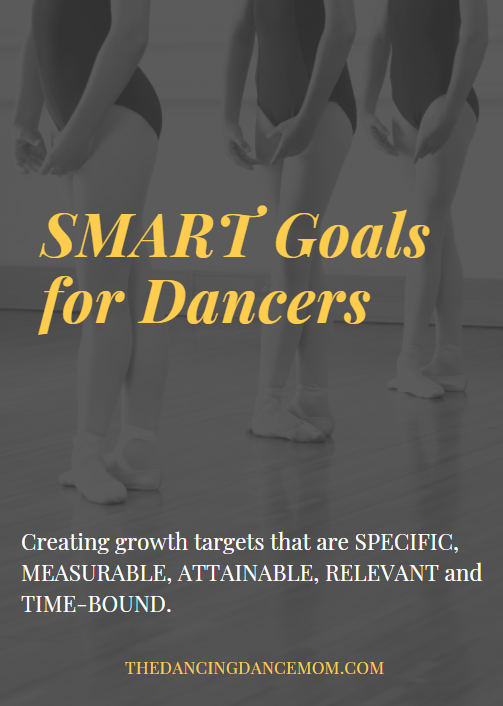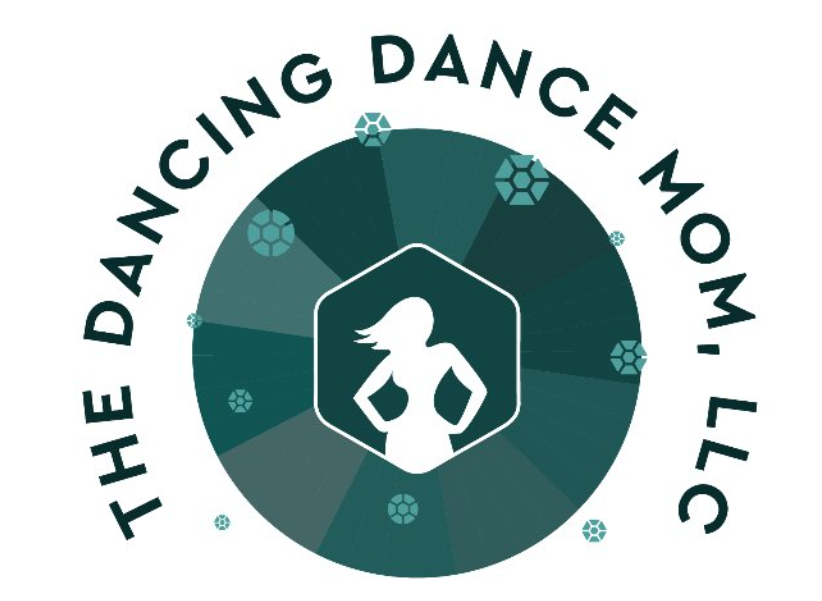
Many years ago (further back than I care to admit), I was sitting among my teaching colleagues in the school auditorium on our first day back after summer vacation. Every year at about this time, we would be introduced to a new philosophy, initiative, paradigm, etc., that was to drive our work for the next ten months. A guest speaker would be brought in to motivate us, and we would leave the presentation with every intention of incorporating our new knowledge into our teaching practices.
To be honest, I’ve forgotten most of them (I can barely remember what I did yesterday, to be fair). After a few weeks, with the hectic hustle-bustle of the first day of school, back-to-school night, creating our professional development goals for the year, and all of the administrative work that September brings, most of our good intentions evaporated (let’s just blame Thanos for that). It’s not that the ideas weren’t valuable; it’s just that they often did not seem easily applicable to our everyday practice. There was, however, one that stands out in my memory because of how practical it is: the formulation of SMART goals.
What Are SMART Goals?
In this case, “SMART” is not being used as a synonym for intelligent. Instead, SMART is an acronym for SPECIFIC, MEASURABLE, ATTAINABLE, RELEVANT, and TIME-BOUND. Goal-setting has long been a successful strategy for growth (whether it’s personal, professional, academic, etc.). Anyone looking to reach new heights should set goals; for further information on its effectiveness, there are countless other resources to consult (here’s one, for example). Encouraging your dancers to set goals is a great way for them to reach their next milestone so they can continue to grow, both as artists and people.
What follows is a quick explanation of each of the five tenets of SMART goals, citing examples that a dancer might use.
S – SPECIFIC
Too often, would-be goal setters make a broad generalization when creating goals. “I want to do better in tap” is an example of a goal that, while well-intentioned, is not nearly specific enough. Why is that a problem? The goal setter won’t know whether or not he or she has actually attained it! What would “better” look like in a hip-hop class setting? A more specific part of a goal for tap class might be, “I will create cleaner, sharper sounds.”
M – MEASURABLE
A goal needs to be quantified in some way so that the dancer can use objective, hard data to determine whether a target has been met. Using time thresholds can fulfill this requirement; for example, “I will hold my relevé for 30 seconds on my right leg while in passé” or “I will practice my isolations for hip-hop for 10 minutes a day, at least three days a week” would work. Dancers can also use a number of repetitions (for example, “I will execute four rotations of my à la seconde turns” satisfies the “measurable” part of a SMART goal).
A – ATTAINABLE
Letting yourself down is a tough emotion to deal with, so avoid the trap of setting oneself up for failure by creating a goal that is too far out of reach at present. When creating targets, encourage your dancer to keep them reasonable and within the realm of possibility. The objective should be a bit challenging, not virtually impossible. If the thrust of the goal is to master a triple pirouette, but the dancer is still working on executing a clean single pirouette, it’s time to adjust the goal to make it align better with the current conditions (“I will execute a clean single pirouette with a strong releve, sharp spot, and correct arm placement”). Also, avoid goals that rely on others; if your dancer’s aim is to receive two compliments from the teacher during class that day, disappointment may be on the horizon. The instructor might be paying more attention elsewhere, and your child may not get the recognition necessary to receive those compliments. Instead, encourage your dancer to create a goal that is within his/her control.
R – RELEVANT
This might be the easiest of the five tenets to implement for our dancing kids. In my experience, serious dancers are motivated and eager to progress, so they will probably formulate goals that are personally relevant without too much, if any, adjustments necessary. Through their time at the studio and onstage, they typically know what they want to accomplish at some point (i.e., “I will incorporate more expressive facials into my lyrical dance”). If the dancer seems singularly focused on one genre, however, you might want to offer some gentle encouragement to look outside that style for a goal; this will help your dancer become more well-rounded, which is always a consideration as they progress through their dance education.
T – TIME-BOUND
Think of this as a checkpoint (I was about to type “finish line,” but personal growth doesn’t really have one, does it?). Every goal should have a timeframe to be accomplished within, so be sure to encourage your child to pick an “end date.” It can always be adjusted if need be. For example, “I will execute a clean paradiddle within one month.” End dates that are too far away (i.e., “by recital” when the dance year has just begun) diminish the urgency of reaching the goal, potentially making the dancer less focused and motivated in the short term (and setting up failure for the long-term).
Putting It All Together
Weaving all of these elements together might take a bit of creativity, but it can be done! A complete SMART goal for a dancer could look like this: “I will execute a grand jeté with my legs at 180 degrees by January 31.” This target is very specific (it names an exact movement), measurable (if someone records the dancer, you can tell whether or not they’ve hit 180 degrees pretty easily), attainable (this depends on the dancer’s current abilities, of course), relevant (again, assuming this aligns with the dancer’s developmental program and objectives), and time-bound (the date of January 31).
Let It Flow
There is no need to mandate that your dancer write lengthy SMART goal plans (they’ll be forced into the boundless joys of paperwork and other administrative minutia soon enough in their lives). Rather, you can incorporate goal-setting into casual discussions to start off, then graduate to writing the target down. If your child is so inclined, they can create a vision board, inspirational poster, or other medium to display (this can be such a powerful motivating strategy). If your dancer doesn’t take the initiative to self-assess once the checkpoint is reached, provide some gentle encouragement. Was the goal met? If yes, great! Time to create a new goal for further growth! If not, any part of the goal can be adjusted (extend the deadline, lower the numbers, etc.). Offer positive encouragement in both scenarios; self-reflection can be tough, so offer support, not criticism.
A Lifelong Strategy
Learning how to formulate goals that set them up for success is an invaluable life skill, and will serve them well as they navigate personal, academic, and professional paths. Keep the experience positive, and your dancer will be more likely to adopt it as a habit on their own. It’s the SMART (see what I did there? Goodness, I need coffee…) thing to do.


I learned about SMART goal setting a while back and it is definitely a helpful tool! Great post!
It’s amazing how the S.M.A.R.T goals can be used in almost every goal we set! This is fantastic for younger dancer to learn and be able to use the rest of their lives!
I’ve never heard of smart goals before this but that’s awesome! I’ve always had a passion for dancing
These are actually great tips for like anything haha! So many times we set goals that are just so broad that it’s really easy to slip out of achieving it. Great post.
SMART goals are a great way to help kids get in the practice of setting goals young!
SMART goals are relevant for everyone. It’s a good lesson to teach tweens and teens – great skills to have as they get older.
We create SMARTgoals at work all of the time: it’s a great strategy for a number of disciplines.
I love SMART goal setting. I need it to keep me going, although sometimes I struggle to measure my success.
SMART goals are my favorite tool to use when setting goals. A great intro for young ones into learning the art of goal setting.
Have used the SMART goal approach for years, both personally and professionally. Neat to see it used in your subject matter – can fit everything and good to start your girls off right. Thanks for sharing.
YES! I also use SMART goals! You are correct…they can be applied to many different facets of life!
I remember learning about SMART goals during a conference I attended for work a few years ago. It can definitely be applied to any career and anyone’s goals.
I use SMART goals as an adult it holds me accoutable way more than setting absract goals!
I like this. It works in a lot of different aspects of goal setting.
Setting SMART goals each year as a dancer was so important and helpful for my girls even at the college level. Great post!
I love this! Easily applied to any goal setting.
These are great tips for not only dances but anyone looking to excel in a skill!
I love the idea of SMART goals. They are a good choice in most situations.
Perfect! I love the SMART idea!
I love setting SMART goals. So helpful!